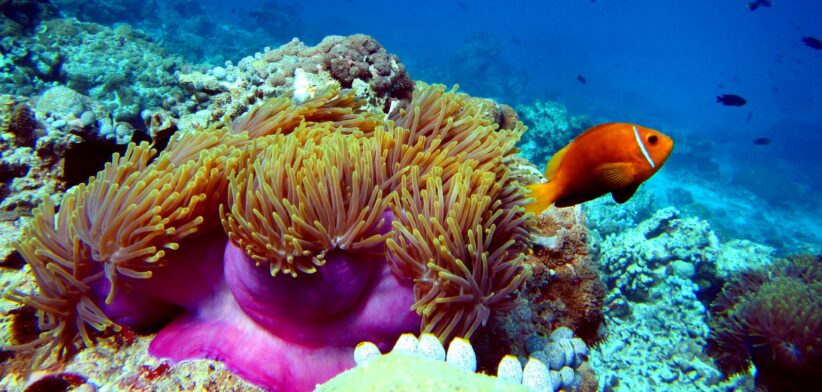The conservation outlook of four of Australia’s Natural World Heritage properties has declined, while the Great Barrier Reef remains on the critical list.
The latest International Union for Conservation of Nature (IUCN) report kept Queensland’s iconic Reef on the worst status available.
Australian Marine Conservation Society (AMCS) Campaigns Manager Dr Lissa Schindler said the conservation status of Ningaloo Coast and Shark Bay had been downgraded to “significant concern”, while the Australian Fossil Mammal Sites (Riversleigh / Naracoorte) and Purnululu National Park had dropped from “good” to “good with some concerns”.
Dr Schindler said the number of World Heritage sites now threatened by climate change had climbed from 33 percent to 43 percent globally.
“The Great Barrier Reef remains the only global site to be listed again as “critical” while not being added to the World Heritage in Danger list,” she said.
Dr Schindler said climate change remained the greatest threat to World Heritage listed coral reefs with global warming of over 2°C, likely to lead to the loss of 99 percent of the world’s coral reefs.
She said domestic greenhouse gas emissions remained too high and new fossil fuel projects continued to be approved.
“The World Heritage Committee has given the government multiple opportunities to tackle threats to the Great Barrier Reef.
“Water pollution and unsustainable fishing practices continue to be of serious concern to the World Heritage Committee and have again been highlighted in this report.”
Dr Schindler said the World Heritage Committee would review the management of the Reef next year.
“With little progress made over the past two years on tackling threats to the Great Barrier Reef and Queensland now walking back on climate commitments, there is a high chance the Great Barrier Reef could be added to the World Heritage in Danger list.”
Download: IUCN World Heritage Outlook 4.








